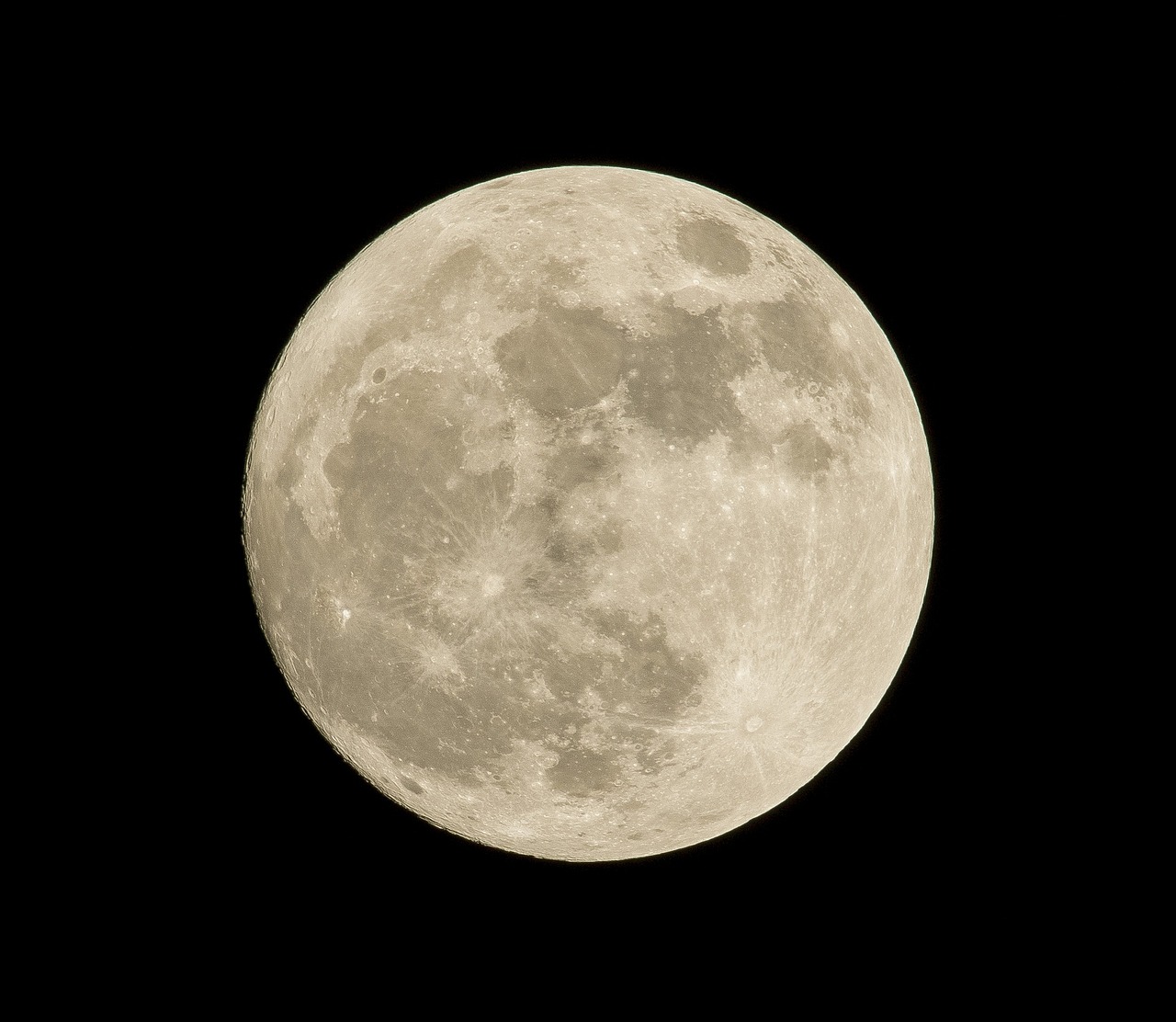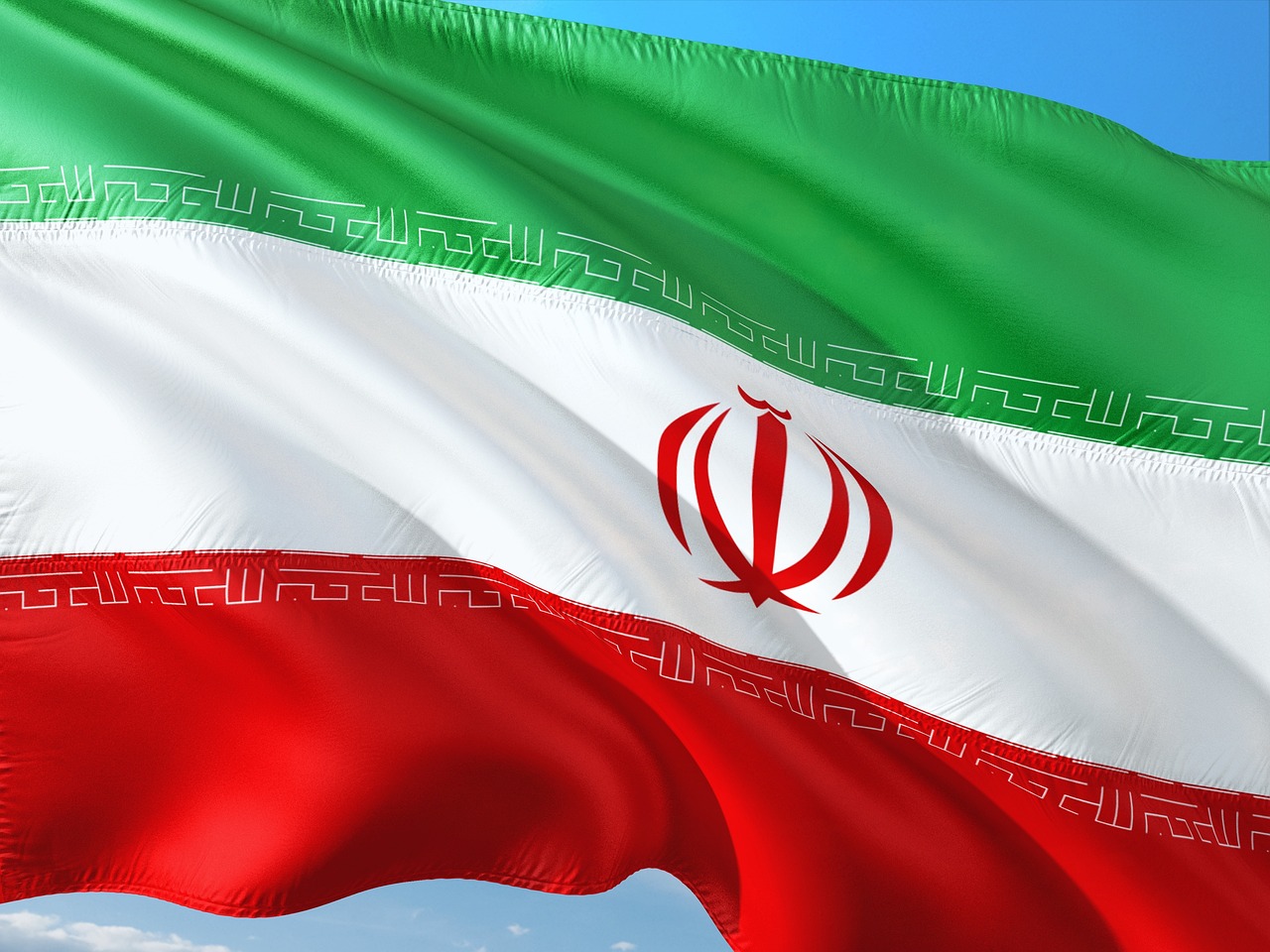Byron Owen
The idea of industrializing the Moon, once relegated to the realm of science fiction, is now becoming more realistic. The moon is emerging as a potential site for industrialization as humanity looks beyond Earth for resources and opportunities. One of the primary motivations for lunar industrialization is the presence of valuable resources. The Moon is known to contain significant deposits of minerals, including rare elements like Helium 3, which holds promise for future energy production through nuclear fusion, and rich deposits of 17 rare earth elements that are critical components of high end tech devices.[i] Industrializing the moon hold great promise for mankind, but opportunity often breeds competition. The United States Defense Advanced Research Projects Agency launched a campaign this year that aims to start mining resources on the moon within the next ten years.[ii] China, not to be outdone, is planning to establish an Earth-Moon Economic Zone in the next decade. [iii] Russia, India, Japan, and South Korea also have plans to mine resources from the moon.[iv] The economic potential of industrializing the moon started a new space race between great and emerging powers whose outcome will help determine the relative power structure of the new world order.
Rare Earth elements play a crucial role in a wide range of technological applications that are essential to modern life. Their unique properties, such as magnetic strength, catalytic activity, and optical characteristics, make them indispensable in various industries, from electronics and clean energy to healthcare and defense. For instance, neodymium, praseodymium, and dysprosium are vital components in the production of high-strength permanent magnets used in electric vehicle motors, wind turbines, and computer hard drives. Europium and terbium are commonly used in the production of phosphors for lighting and display technologies, including television and smartphone screens. Cerium oxide enhances the refractive index of glass and ceramics, making it crucial in lenses and telescope lenses.[v]
The U.S. Defense industrial base uses Rare Earth Elements Rare Earth Elements to produce missile guidance systems, radars, and night vision goggles. Neodymium-iron-boro magnets, for example, are used in precision-guided munitions and defense equipment. Rare earth elements are used in aircraft components, including jet engines and fuel additives, where their high-temperature resistance and lightweight properties are advantageous. Some Rare Earth Elements, such as europium and samarium, are even used in control rods for the nuclear reactors that power aircraft carriers and submarines.[vi]
In 2021, global demand for rare earths reached 125,000 metric tons. By 2030, it is forecast to reach 315,000 tons. As the demand for advanced technologies continues to grow, so does the importance of securing a stable supply of rare earth elements. The People’s Republic of China has a dominant hold on the Rare Earth Elements market—with 60% of global production and 85% of processing capacity.[vii] This provides them a huge supply chain advantage over the United States and other nations, especially during conflict. The United States recognizes the strategic importance of rare earth elements and is investing heavily in domestic mining and processing. The goal is to ensure a reliable, secure, and sustainable supply of rare earth elements for critical technologies and industries. China’s dominance in this sector, however, will challenge all these goals without another source for materials.
The United States resumed mining rare earths elements in Mountain Pass, California in 2008. The mine, the only one of its kind in the United States, now produces 15% of the worlds rare earth elements.[viii] Processing the ore into Rare Earth Elements extremely difficult and toxic, however, and the United States presently does not have the capability to process Rare Earth Elements domestically. Molycorp Minerals, the company who runs the Mountain Pass mine, ships all their ore to China to be processed. They are trying to build facilities in the United States to do this, but environmental protection guidelines in the U.S. are much more stringent than in China, which will make developing similar infrastructure in the United States much more complicated and expensive.
The moon provides an alternative means to mine Rare Earth Elements in an unpopulated location where environmental concerns are not as acute. Studies indicate that there are rich mineral deposits near the South Pole of the moon, which receives poor solar illumination throughout the year. Establishing an industrial base there would require advanced energy solutions that did not rely exclusively on locally generated solar power. DARPA recently commissioned a Lunar Architecture (LunA-10) study to determine the infrastructure requirements to industrialize the moon within the next ten years. This coincides with the NASA Artemis project that aims to establish a manned station on the moon to support lunar mining.[ix]
NASA may not be the first organization to start mining operations. China and Russia signed a pact in 2021 to establish an International Lunar Research Center in 2021. Their project roadmap states that they will being construction in 2026 and be operational by 2036. The Research Center will consist of five structures, which includes a mining facility and a large multi-level habitat for crewmen and lunar rovers. The International Lunar Research Center is still in the planning stages, but the Chinese and Russian space agencies are currently launching reconnaissance missions to the moon to support this project.[x]
Industrializing the moon could evolve into a multinational effort to help advance the human race. There are many aspects of lunar exploration that can serve all of mankind. The Moon can serve as a crucial stepping- stone for further space exploration. Lunar industries could produce fuel, water, and other essential supplies, reducing the cost and risk of deep space missions to Mars and beyond. This was a very successful approach to building and manning the International Space Station. This will not be possible with China, however because the U.S. Congress expressly forbids NASA from collaborating with the PRC.
Congress passed this law, the Wolf Amendment, in 2011 in response to Chinese human rights violations and national security concerns.[xi] This barred Chinese astronauts from utilizing the International Space Station and motivated the PRC to launch their own space station, the Tiangong, in 2021.[xii] Congress’ concerns behind the Wolf Amendment are valid and must be addressed, but collaboration over lunar industrialization is preferable to competition.
Russia, the United States, and China signed the Space Treaty in 1967 to ensure the freedom of outer space. Per the treaty, no nation can legally claim sovereignty over any portion of the moon.[xiii] Despite this pact, recent disputes in the Sout China Sea raise concerns about the PRC’s potential approach to lunar resource sites, hinting at the possibility of restricting other nations from access.
Both China and the Philippines claim sovereignty over the Scarborough Schoal, a small reef system in the South China Sea. The United Nations Permanent Court of Arbitration ruled in favor of the Philippines, but the PRC refuse to acknowledge the ruling and continue to occupy the reef.[xiv] The PRC may adopt a similar approach to their lunar missions the same way and block other nations from accessing important lunar mineral sites. This could easily become a flashpoint for global competition, or conflict, over critical resources for economic development.
The United States should explore avenues for collaboration with the PRC to ensure the responsible and equitable development of lunar resources. While valid concerns exist about working together with the PRC, collaboration on lunar industrialization is preferable to competition or conflict. The industrialization of the Moon represents a bold vision for the future of human space exploration and resource utilization. While it presents numerous challenges, including technological, logistical, ethical, and environmental concerns, the potential benefits are vast. It could provide valuable resources, scientific insights, and economic opportunities while paving the way for further space exploration. As humanity continues to expand its presence beyond Earth, the Moon may become a crucial hub for sustainable industrial activity and scientific discovery.
[i] https://www.popsci.com/elements-mine-on-the-moon/
[ii] https://www.darpa.mil/news-events/2023-08-15
[iii] https://www.wired.co.uk/article/china-space-race
[iv] https://www.dailymail.co.uk/sciencetech/article-12452957/The-moon-mining-race-India-Russia-Europe-China-battling-precious-water-helium-metals-beneath-lunar-surface-estimated-worth-QUADRILLIONS.html
[v] https://pubs.usgs.gov/fs/2014/3078/pdf/fs2014-3078.pdf
[vi] https://pubs.usgs.gov/fs/2014/3078/pdf/fs2014-3078.pdf
[vii] https://pubs.usgs.gov/fs/2014/3078/pdf/fs2014-3078.pdf
[viii] https://www.reuters.com/markets/commodities/chinas-rare-earths-dominance-focus-after-mineral-export-curbs-2023-07-05/
[ix] https://www.space.com/artemis-program.html
[x] https://www.cnsa.gov.cn/english/n6465652/n6465653/c6812150/content.html
[xi] https://www.reuters.com/article/space-usa-china/nasa-chief-says-ban-on-chinese-partnerships-is-temporary-idUKL8N12C3F220151012
[xii] https://www.space.com/tiangong-space-station
[xiii] https://history.nasa.gov/1967treaty.html
[xiv] https://www.forbes.com/sites/jillgoldenziel/2021/07/19/heres-why-china-is-afraid-of-an-obscure-international-court/?sh=67d1cde63d8c
This site is free for everyone to learn about information warfare, connect with mentors, and seek the high ground! Unfortunately operating the site is not free and your donations are appreciated to keep KTC up and running. Even a five or ten dollar donation helps.







